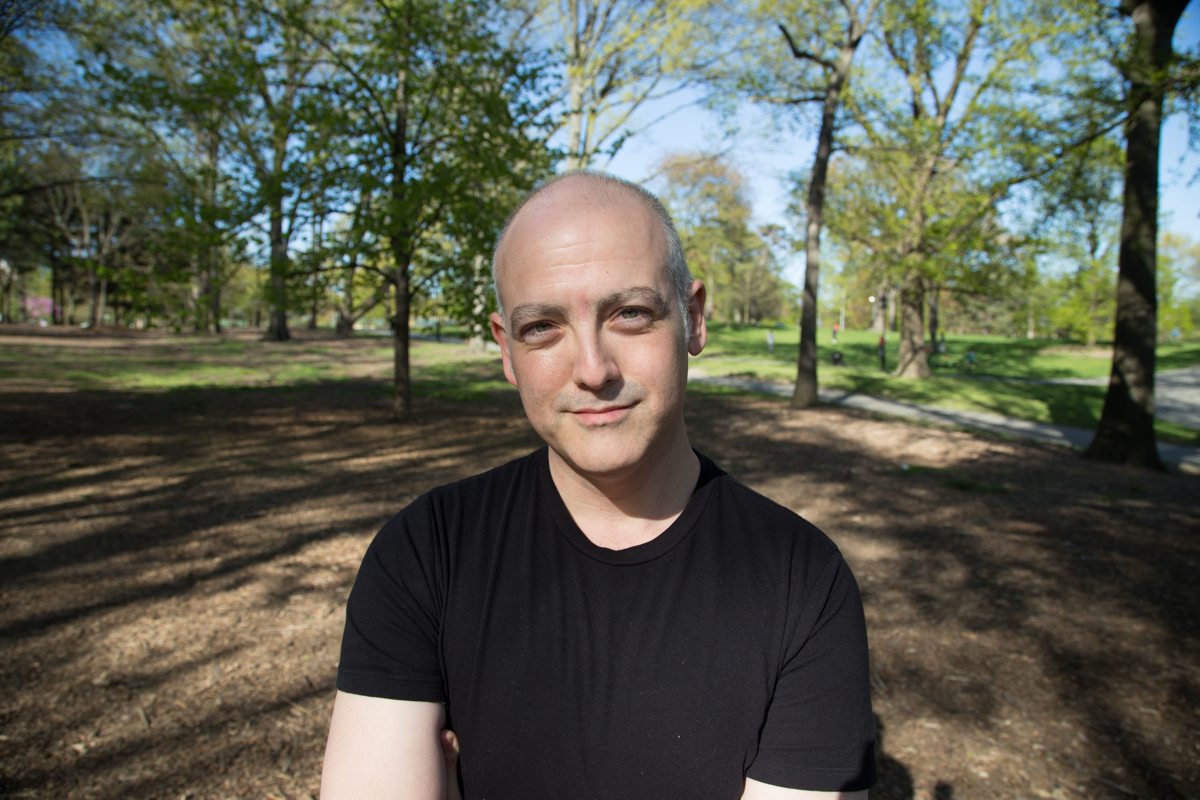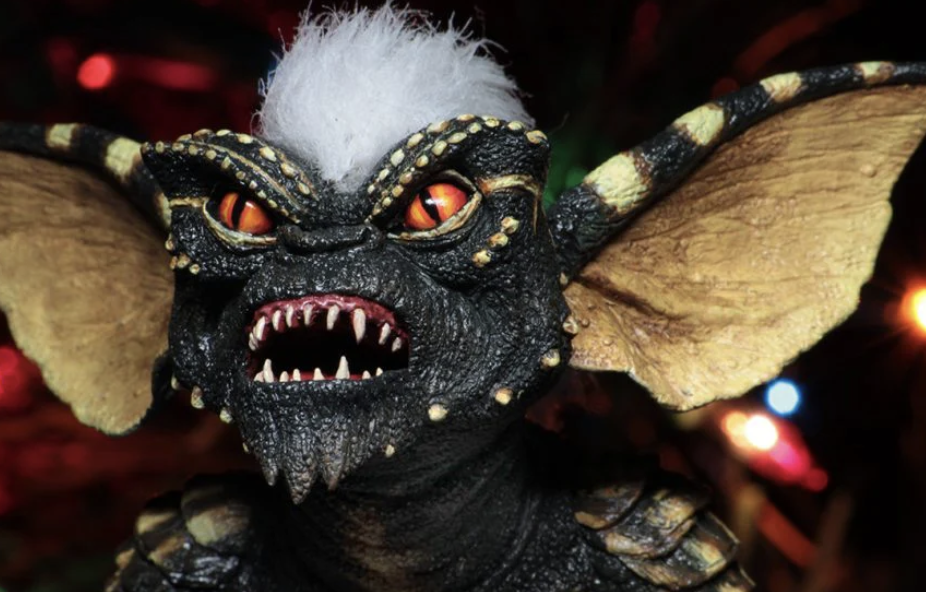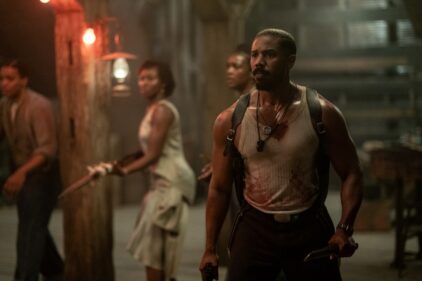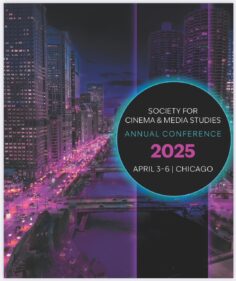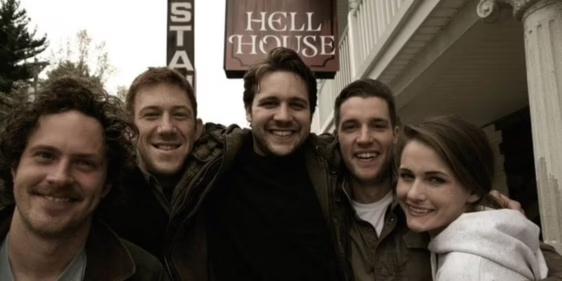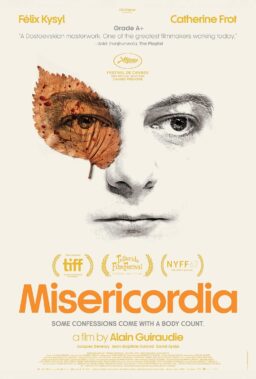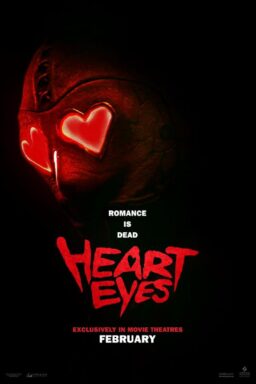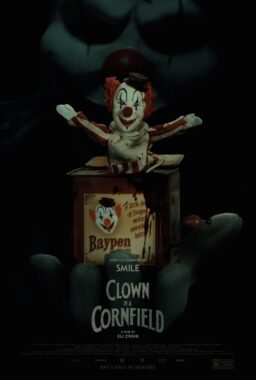Forty years ago this summer, the PG-13 rating came into existence and changed American cinema for the worse. Steven Spielberg was indirectly responsible, although he didn’t intend to be. It’s astonishing to realize how much the movie business changed as a result of this one summer and how this one decision certified and even codified a Puritan-about-everything-but-violence tendency that had always existed in the United States and that was very briefly challenged for an approximately 15-year window late in the twentieth century. The PG-13 set off a chain of cultural dominoes that has continued to fall right up through the present, leaving only a few still standing.
Nineteen eighty-four was the summer that Spielberg’s “Indiana Jones and the Temple of Doom,” his unexpectedly dark and twice-as-bloody followup to “Raiders of the Lost Ark,” premiered in theaters. If the original was an old-time cliffhanger serial crossed with a James Bond movie, the second was an old-time cliffhanger serial crossed with a 1970s exploitation horror movie. Probably Italian. It had child slaves being whipped and beaten, people eating brains out of monkey skulls, and a human sacrifice getting his heart ripped out before being lowered, still alive, into a pit of magma.
Spielberg also executive produced another summer-of-1984 hit, Joe Dante’s “Gremlins,” wherein hordes of scaly creatures did battle with the citizens of a small town, and many of them died shockingly albeit cartoony deaths (one gets splattered in a microwave, another pureed in a blender). Newspaper articles were saying Spielberg, who just two years earlier had released the lovely “E.T.,” had betrayed his fans and that his two 1984 films were a form of child abuse that stretched the limits of the PG rating to its breaking point.
At the time, the Motion Picture Association of America, a film industry trade group, self-regulated by affixing labels to new releases: G, PG, R, and X. If the group rated a film with a G, it meant the material was suitable for General Audiences, aka everyone including very young children, who could presumably attend without adults present and be confident that they would not be traumatized or scandalized by anything they were about to see. (Anybody who’d had the bejeezus scared out of them by a G-rated Disney animated picture would beg to differ, but that’s a piece for another day.) PG meant that “Parental Guidance” was not legally required but advocated, as there might be objectionable elements (this rating was previously called M, then GP). After PG came the R rating (nobody under 17 admitted without parent or guardian) and the X (nobody under 17, period).

The one-two punch of “Temple of Doom ” and “Gremlins” sparked the introduction of the intermediate PG-13 rating, which was put into action that same summer. The PG-13 meant that a film contained elements the MPAA believed were unsuitable for children under 13. The first two films to receive it were John Milius’s brutal right-wing action fantasy “Red Dawn,’ about Soviets invading the U.S., and the science fiction horror movie “Dreamscape.” (Coincidentally and strangely, both “Temple of Doom” and “Dreamscape” had scenes where a man’s heart was torn from his chest.)
There still were no real restrictions on attendance—in theory, a group of eight-year-olds could buy tickets to a PG-13-rated film by themselves if no theater employee objected. But the new rating did retroactively make the older PG rating seem “soft” by the standards of a young teenager looking for something edgy enough that their little sister or brother would have to stay home.
Still, it was weird (yet very American) how things shook out concerning the practical applications of the PG-13. As a moviegoer who was a kid during the pre- and post-PG-13 eras, I didn’t see much practical difference in the level of violence in the new PG-13 category and plain-old PG. If anything, I think the PG rating probably had too much latitude. The net it cast over content was wide enough to encompass a movie with a little bit of implied violence, like Walt Disney’s “The Black Hole” or “Star Trek: The Motion Picture.” Also, movies so corrosively upsetting in tone as well as imagery that they probably have been rated R today, such as “The Mechanic,” “The Outlaw Josey Wales,” “The Killer Elite,” “The Legend of Hell House,” “Time After Time” (which includes the gory aftermath of a dismemberment) and “Sorcerer.” Some other 1970s/early ’80s PG movies, such as Spielberg’s “Jaws” and “Close Encounters” (for profanity and probably emotional intensity in family fight scenes) and “1941,” and possibly the first three George Lucas “Star Wars” films, might’ve gotten PG-13 for some gruesome or disturbing elements. (“Return of the Jedi,” released one year before the creation of the PG-13 rating, was PG but carried a special warning on posters and in newspaper ads that some elements “may be too intense for very young children.”)
What’s most fascinating to me about the PG-13 rating, in retrospect, is how its existence gradually but very noticeably removed nearly all potentially objectionable content from theatrical films except for action-movie violence. The violence tended to be sonically graphic (i.e., you hear blood spurting, bones breaking, blades entering flesh, etc.) but not visually graphic (no blood spilled unless it was alien or creature blood, and thus probably another color, though you might get a brief glimpse of somebody being torn apart from a distance, as in the “Jurassic Park” films). PG movies in the late 1960s and throughout the ‘70s and early ‘80s had much more immediate and nasty violence committed by and against humans. They also had a lot more profanity than they do today. They might also have featured some drug use (mainly pot smoking, though there were scenes of cocaine use), flashes of nudity (for instance, “Kramer vs. Kramer,” “Airplane” and “Dragonslayer”) and even an implied or attempted sexual assault (“The Outlaw Josey Wales”).
Social observers, film critics, and folks in the movie industry complained before the PG-13 that the ratings board was tougher on sex and drug use and profanity than they ever were on violence. They were right. And they were right. America has always had a skittish and prudish attitude about any sex or sex-adjacent behavior in fiction. But it’s funny how that same lens was applied to the PG-13 moving forward to the present, almost as if the PG-13 further refined and made official that which was already visibly present in American culture.

When is the last time you saw a sex scene, even an implied one, in a PG-13 film? They happen, but they’re quite rare, especially in bigger-budget films. They are certainly a lot rarer than they were in preceding decades; “Superman II,” released in 1981, showed the beginning and aftermath of a sex scene between a de-powered Clark Kent and his gal Lois Lane, but subsequent Supermans haven’t gone there at all, save for a very brief glimpse in “Justice League” indicating that Clark and Lois shared a bed. At the same time, Marvel, James Bond, and DC movies, as well as a lot of other PG-13 action/adventure films, can have body counts in the dozens or hundreds or more, with people being machine-gunned, shot, stabbed, sliced, blown apart with bombs and crushed during the collapse of buildings and the crashing of planes, complete with agonized screams, and get a PG-13 rating.
The films are allowed one “fuck,” but it has to be an interjection; if it describes a physical act, the movie gets an automatic R. Bond still has sex, but it’s not anything like what was pictured prior to 2006, when Daniel Craig took over the role. The amount of innuendo has been pruned back as well, even as the violence escalated to the point where the first Craig entry, “Casino Royale,” showed Bond stripped naked and tied to a rattan chair with the bottom torn out of it, the better for the villain to beat his testicles. (Of course there have been many saucy counter-arguments that the latter is, in fact, a coded sex scene. But even if that’s correct, and it probably is on some level, it’s a distinction without a difference, because it’s an instance where a film that’s supposedly aimed at adults put a scene of violence where a regular sex scene might’ve once gone.)
A side note, but not really: In 1990, thanks to the release of Philip Kaufman’s Henry Miller-Anias Nin biopic “Henry and June,” another MPAA rating was added, the NC-17. This meant no one 17 or under would be admitted. This was mainly about sex, although violence was also taken into account — and more so than anything else, a mysterious thing called “tone,” invoked by the MPAA whenever they had trouble explaining why something with a high (violence) body count got an R while a film with one or two graphic acts of violence and a lot of sex got an NC-17. There were gripes that this rating was also unevenly applied, with releases like “Basic Instinct” (1992), which was filled with softcore sex as well as violence, extreme profanity, and drug use, receiving the less commercially onerous R rating, but Abel Ferrara’s “Bad Lieutenant” from that same year, which contained many of the same elements but far less sex or nudity (save for star Harvey Keitel going full-frontal in a breakdown scene), getting branded with an NC-17.
Sex in movies has been policed ever more stringently since. To the surprise of no one reading this, a kind of repackaged Puritanism is afoot in cinema (and the culture generally) in the United States. It’s been gaining strength ever since the PG-13 was created.
According to The Numbers, in 1995, a little over a decade after the creation of the PG-13 (which became the “official” acceptable rating for most films) about 40% of movie tickets sold in the US were for R-rated films. At present, it’s about 17% of the total, thanks in no small measure to studios’ resistance to releasing R-rated films because they want it to be suitable for the entire family, in the way that a Star Wars or Marvel or new James Bond film is suitable, by dint of having lots of fights, shootings, knifings, torture scenes, and mass killings, but almost no sex, profanity, or drug use.
According to a study by The Economist, as of 2000, less than 20% of films contained no sex or nudity. By 2023, this figure had nearly doubled, reaching 49%.

Meanwhile, throughout the ’90s and aughts, television separated itself into family-suitable and adult-only categories, mainly through the rise of cable television. Sex scenes on TV might have declined slightly in recent years, at least based on my experience as a full-time TV critic (1997-2022). But there don’t seem to be any major academic studies on this that can be trusted. Much of the writing is about the validity of the perception (especially among young viewers) that you can’t watch any TV without risk of running into an “unnecessary” sex scene that makes you uncomfortable, especially if you have to share a house or a couch with somebody else. The definition of “unnecessary” varies depending on the person. However, it does seem as if, for a very vocal and online demographic, all sex scenes are “unnecessary” because they don’t want ever to see them.
“As for the notion that Gen Z is only against ‘unnecessary’ sex scenes, most racy scenes arguably do have a greater storytelling purpose,” writes Kelly Martinez in PrimeTimer. “Sure, “Euphoria” probably didn’t really need to have 30 penises in that one locker room scene, but that’s hardly the norm across TV. “Bridgerton” has plenty of sexy moments — after all, it’s based on an equally steamy historical romance novel series — but they all exist to move the plot forward or establish something important about the characters and relationships.”
I think there was just a different mentality in the pre-PG-13 era. The world was not organized around the idea that mass entertainment had to be sanitized to the point where a child barely old enough to read had to be assured of being able to understand, process, and accept what was happening on a screen. It’s arguable that ratings even make sense now that every American of every age has access to a small screen that fits in their pockets and that can instantly call up pretty much anything, including YouTube videos of war atrocities and street violence and even hardcore pornography (which some states have recently restricted, but is still not difficult to find).
There has always been a perception that violence truly was somehow not as offensive or disturbing as other kinds of problematic or antisocial behavior, whether practiced by an old-time swordsman wielding a cutlass in a swashbuckler from 1935 or Captain America machine-gunning two dozen people in the space of a few minutes.
PG-13 helped make this skewed sense of what’s appropriate official, even though the original intent was to protect kids from accidentally being traumatized; what it actually did was make sure that violence in entertainment was normalized, marked as suitable for anyone under 13, while other sorts of behavior were unofficially designed as adults-only, perhaps a kind of perversion that only dirty people can tolerate.
How ironic that is, considering that the original impetus for the PG-13 was the release of two films whose level of violence was considered inappropriate for younger viewers. Today, you can see far greater levels of violence in PG-13 films than anything the filmmakers of 1984 could have dreamed up, and as long as the victims are either coded as bad guys or as anonymous henchpersons, it’s fine, even if the body count rises into the hundreds. The rating ended up being more about creating a space where extreme levels of mayhem and death could be defined as a normal American night at the movies—just some light escapism, with nothing to really shock or disturb, much less prompt reflection. If you’re a parent, think about how many times you’ve asked another parent, “What’s it rated PG-13 for?” If you asked at all, the answer’s probably been, “Nothing, just some violence.”
I don’t think we get from where we were 40 years ago to where we are now without Spielberg, Indy, and the Gremlins. And the ratings board. What a long, strange, retrospectively inevitable trip it’s been.
